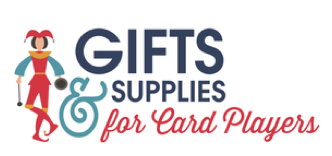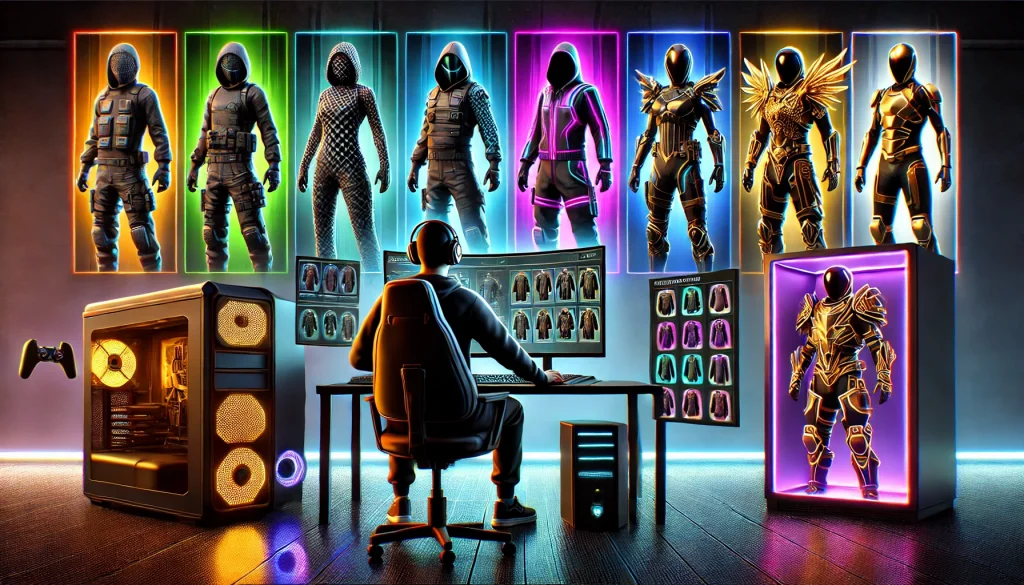Do Skins Give You an Edge? The Controversy Over Pay-to-Win Cosmetics
If you’ve been around online games for even a little while, you’ve probably heard the phrase “pay-to-win” (P2W) thrown around. Most of the time, it’s used to describe games where spending real money gives players a gameplay advantage—like stronger weapons, better stats, or faster progression. But what about skins?
On paper, skins are purely cosmetic. They don’t change how your gun fires, how fast your character moves, or how much damage you deal. But in some cases, certain skins do provide an advantage—whether it’s intentional or not. So, does that mean skins can make a game pay-to-win? Let’s break it down.
The Camouflage Factor: When Skins Make You Harder to See
One of the biggest ways skins can provide an advantage is by making players harder to spot. A well-designed camouflage skin can let players blend into the environment, giving them a split-second edge in a firefight.
Infamous Examples:
- Roze Skin (Call of Duty: Warzone) – The “Rook” variant of the Roze skin became infamous because it was nearly invisible in dark areas. Players who bought and equipped it could hide in shadowy corners and be almost impossible to detect. This led to complaints from the community, and eventually, the developers tweaked the skin to make it more visible.
- CS2 Agents (Counter-Strike 2) – Some character models (agents) in CS2 blend better into specific maps. Dark-colored models can be harder to spot in dimly lit areas, while bright outfits make players stand out. Competitive players often stick to the default CT or T models because they offer a balance, but some paid skins provide a small visibility advantage.
- Ghillie Suits (PUBG) – While the ghillie suit is technically a lootable item rather than a paid skin, the idea is the same: blending into the environment can be a game-changer. Some premium clothing skins in PUBG have also been accused of offering better camouflage than standard outfits.
Bright Skins: When a Skin Works Against You
Just as some skins help you hide, others make you an easy target. Developers love creating flashy, glowing, or oversized skins, but in a competitive setting, these can be a liability.
Skins That Work Against You:
- Fortnite’s Neon Skins – Fortnite thrives on wild, colorful cosmetics, but running around in a bright pink neon outfit will make you stand out from across the map. Competitive players tend to avoid these skins and stick to darker or muted outfits.
- Valorant’s Prime Vandal – While this isn’t a character skin, the Prime Vandal has a distinct, clean firing sound that some players say feels easier to control. This has led to debates on whether certain skins actually make aiming feel “smoother.” Riot Games insists all skins are cosmetic, but the community has its doubts.
- CS2 Weapon Skins – Some weapon skins have bright, flashy designs that make them more visible when peeking from cover. This doesn’t matter much for casual play, but in a competitive setting, having a bright red AK-47 can make you a bigger target.
Controversial Skins
Some skins have sparked debates due to their unintended effects on gameplay or their impact on the game’s economy.
Notable Controversial Skins:
- Roze Skin (Warzone) – Initially criticized for being too dark, making players nearly invisible in shadowy areas. Activision later adjusted its brightness after player complaints.
- ST6 Coalition Operator (CS2) – Some character skins in CS2 give players an unfair visibility advantage, leading to competitive integrity concerns.
- Loot-Box Exclusive Skins (Various Games) – Games like FIFA and Apex Legends have been criticized for locking exclusive skins behind expensive loot boxes, creating a “pay-to-look-cool” culture that frustrates players who prefer earning cosmetics through gameplay.
- Valorant RGX 11z Pro Skins – These skins change the sound and feel of weapons in a way some players argue gives a psychological advantage, sparking pay-to-win discussions.
These skins often lead to game balance debates, with developers sometimes issuing patches or offering refunds when skins become too problematic.
The Psychological Factor: Do Skins Affect Player Performance?
Even when a skin doesn’t give a direct advantage, it can have a psychological effect. If a player feels like a skin makes them better, they might play more confidently—and confidence alone can lead to better performance.
Anecdotally, some players claim that skins with smoother animations, cleaner designs, or unique sound effects (like the Valorant Prime Vandal) make aiming and shooting feel better. While there’s no mechanical difference, perception plays a role in how players experience the game.
Is Pay-to-Win Legal?
The legality of pay-to-win mechanics depends on the country and how the game monetization system is structured. Most governments do not regulate in-game purchases unless they involve elements of gambling, such as loot boxes with randomized rewards. However, some regions have introduced consumer protection laws to ensure transparency in microtransactions.
For example:
- Belgium and the Netherlands have strict laws against loot boxes, considering them a form of gambling. Games that include them must either remove them for those regions or risk legal consequences.
- The UK and the US have ongoing debates about whether certain microtransactions should be regulated, particularly when they target younger players.
- China requires game companies to disclose loot box odds, increasing transparency but not outright banning the practice.
In most cases, pure pay-to-win models (where players can purchase direct advantages like stat boosts) are legal but often criticized by the gaming community. Developers typically avoid outright P2W mechanics in competitive games to maintain fairness and player engagement.
Are Skins Really Pay-to-Win?
So, do skins make a game pay-to-win? Not exactly. Unlike actual P2W mechanics (like stronger weapons locked behind paywalls), skins generally provide situational advantages. You’re not guaranteed to win just because you have the Roze skin, but it might give you a slight edge in a dark corner.
That said, when a cosmetic item actively makes a player harder to see or gives them a psychological edge, it does blur the line between fair play and paid advantage. The good news? Most developers keep an eye on these issues and make balance changes when a skin becomes a problem (like Warzone’s Roze nerf).
Final Thoughts
Skins are supposed to be a fun way to personalize your character, not a way to gain an unfair advantage. While some skins have been problematic, most competitive games strive to keep things fair. If you’re worried about skins giving an edge, sticking with standard character models and neutral weapon designs is always a safe bet.
What do you think? Have you ever felt like a skin gave an opponent an unfair advantage? Let’s talk about it!




